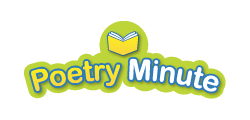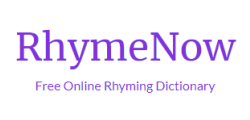
A fun and easy kind of poem to write is what I call an “alliteration poem.” Alliteration is when you repeat the beginning consonant sounds of words, such as “big blue baseball bat” or “round red robin.”
Writing alliteration poems is a terrific creativity exercise. Not only is it an easy way to write a poem, it’s a great way to get your brains working. You’ll need to think of a lot of alliterative words, and then form them into rhyming sentences.
Writing an Alliteration Poem in Five Easy Steps
Step 1: To write an alliteration poem, first pick a consonant. It can be any letter of the alphabet except for the vowels a, e, i, o, or u. For example, let’s say you choose the letter “B.”










